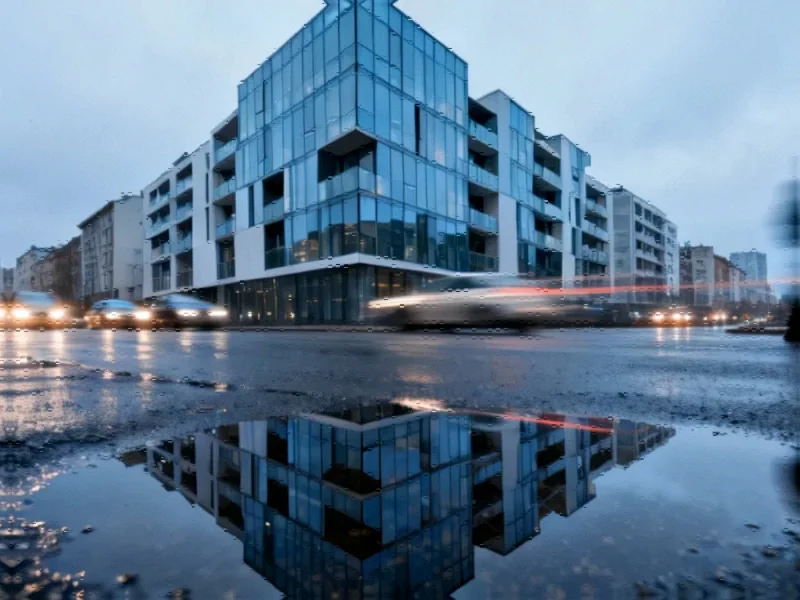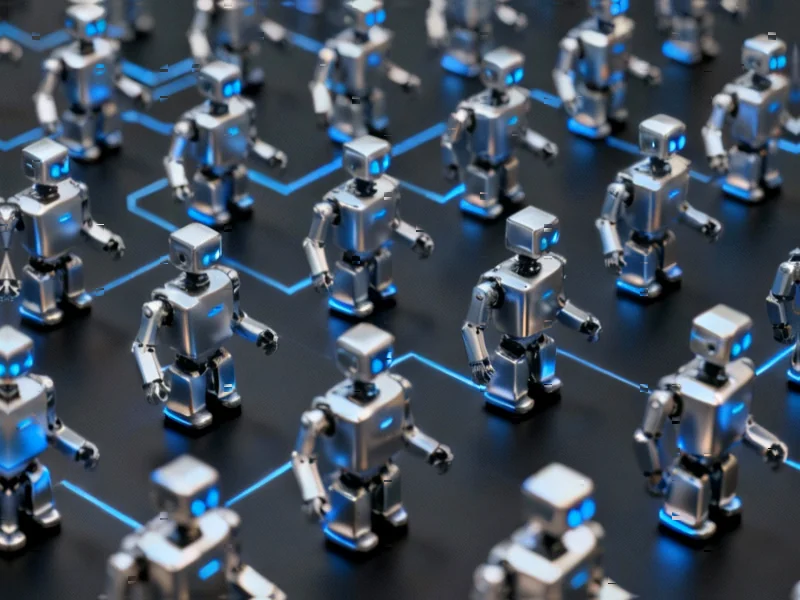According to TechCrunch, Nvidia CEO Jensen Huang is visiting South Korea for the first time in fifteen years to announce expanded AI partnerships with major Korean tech companies including Hyundai Motor, Samsung, SK, and Naver. During the APEC Summit 2025, South Korea will secure over 260,000 of Nvidia’s latest GPUs, with 50,000 dedicated to public initiatives and the remaining 200,000+ allocated to corporate partners. Specific collaborations include Samsung building an AI Megafactory using over 50,000 Nvidia GPUs and the Omniverse platform, Hyundai focusing on physical AI for autonomous mobility and smart factories, SK Group developing Asia’s first enterprise-led manufacturing AI cloud, and Naver creating a next-generation Physical AI platform connecting digital and physical worlds. These announcements come alongside Nvidia’s work with Korean telecom operators and research institutions on AI-RAN technology to enhance mobile network performance while reducing battery consumption. This comprehensive partnership expansion represents a strategic deepening of Nvidia’s presence in one of Asia’s most technologically advanced markets.
Table of Contents
The Geopolitical Chessboard
Nvidia’s timing is strategically significant, coming just after the U.S. signed technology agreements with both Japan and South Korea. This isn’t merely business expansion—it’s geopolitical positioning in the escalating AI arms race. By establishing deep roots in South Korea’s industrial ecosystem, Nvidia secures a strategic foothold in a critical semiconductor and manufacturing hub while aligning with U.S. foreign policy objectives. The South Korean government’s involvement in coordinating these partnerships suggests this is part of a broader national AI strategy rather than isolated corporate deals. For Nvidia, this moves beyond simply selling GPUs to becoming embedded in the foundational infrastructure of a major industrial economy.
From Digital to Physical AI Transformation
The repeated emphasis on “physical AI” across multiple partnerships represents a fundamental evolution in how artificial intelligence is being deployed. While much of the AI conversation has focused on digital applications like chatbots and content generation, Nvidia’s Korean partnerships signal a pivot toward AI that interacts with and controls physical systems. The generative physical AI concept that Naver references involves AI systems that can understand, simulate, and optimize real-world industrial processes. This represents a maturation of AI technology from being purely informational to becoming operational in critical infrastructure. The implications for manufacturing efficiency, energy optimization, and industrial automation are profound.
Samsung’s AI Megafactory as Blueprint
Samsung’s AI Megafactory initiative deserves particular attention as it could become the template for next-generation manufacturing worldwide. By integrating over 50,000 GPUs with Nvidia’s Omniverse platform, Samsung isn’t just automating existing processes—it’s creating an intelligent network capable of real-time analysis, prediction, and optimization across semiconductor, mobile device, and robotics production. This represents a quantum leap beyond traditional automation toward what might be called “cognitive manufacturing,” where the production system itself learns and adapts continuously. The collaboration on HBM4 memory development is particularly strategic, as next-generation AI applications will require memory architectures specifically designed for AI workloads.
AI-RAN’s Network Revolution
The AI-RAN collaboration with Korean telecom operators and research institutions addresses a critical bottleneck in the AI ecosystem: network infrastructure. As AI applications become more pervasive and data-intensive, traditional mobile networks struggle with latency and energy efficiency. AI-RAN represents a fundamental rethinking of how mobile networks operate by integrating AI directly into base stations. This isn’t merely an incremental improvement but could enable entirely new classes of applications requiring real-time AI processing at the network edge. The global testbed development suggests this technology could eventually become standardized across international markets.
Redefining the AI Competitive Landscape
These partnerships collectively represent a defensive strategy against emerging competition. By embedding Nvidia technology so deeply into Korea’s industrial infrastructure, Nvidia creates significant switching costs and ecosystem dependencies that will be difficult for competitors to overcome. The timing is particularly interesting given increasing competition from custom AI chips developed by cloud providers and the emergence of alternative AI hardware architectures. For Samsung and other Korean partners, this represents an opportunity to leapfrog competitors by leveraging Nvidia’s AI expertise while maintaining their manufacturing and industrial leadership.
The Implementation Challenge Ahead
While the announcements are ambitious, the real test will be in implementation. Integrating 260,000 GPUs into diverse industrial applications represents enormous technical and organizational challenges. The sheer scale of these deployments will test Nvidia’s ability to support enterprise-grade implementations beyond the data center. There are also questions about how these various initiatives will interoperate and whether they’ll create the synergistic effects promised. The success of these partnerships will depend not just on technology but on creating the organizational structures and processes to manage this complex ecosystem of collaborations across multiple industries and applications.
Related Articles You May Find Interesting
- Chipotle’s 18% Crash: Buying Opportunity or Warning Sign?
- The Nvidia Contrarian: Why One Analyst Sees an AI Bubble Ready to Burst
- The Attention Economy Crisis: Why Focus Is Your Most Valuable Asset
- CalPERS Rebukes Musk’s Trillion-Dollar Ambition in Tesla Showdown
- Amazon’s AI Infrastructure Bet Could Drive Stock to $500



